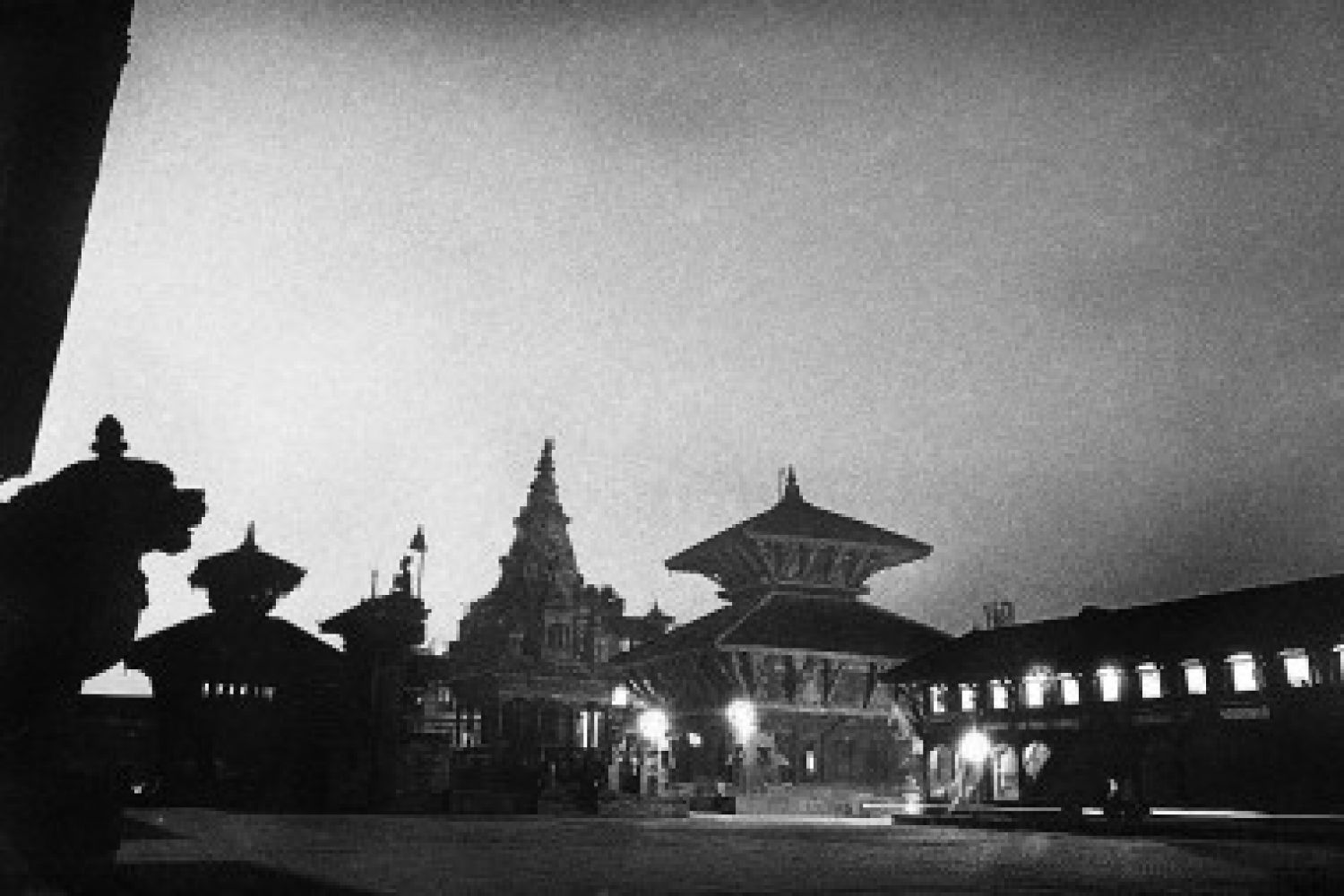
It’s a little past six on a crisp October morning. The
vegetable sellers and worshippers have already assumed their positions at
Taumadhi Square, in front of the Kashinath and Bhairav temples. Just around the
corner, two sickly peepul trees are being smothered in attention: touched,
stroked, smeared with powders, smoked with incense, with sticky grains of rice
stubbornly clinging to their yellowish leaves. The individual rocks and statues
on squares and in the side streets, on thresholds





